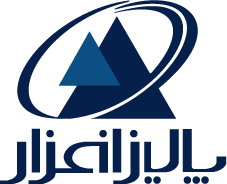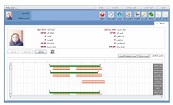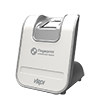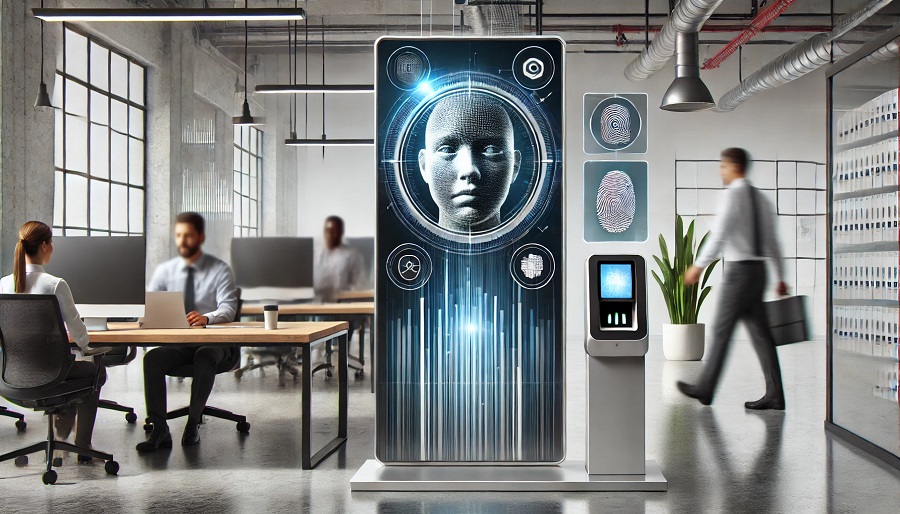Punctuality is a cornerstone of workplace efficiency and productivity. Employees arriving late, even by a few minutes, can disrupt workflow, delay projects, and impact team morale. In today’s competitive business environment, consistent tardiness is more than an inconvenience—it translates into financial losses, inefficiencies, and dissatisfaction among both employees and management.
Introduction: The Importance of Punctuality in the Workplace
Attendance systems have emerged as a critical solution. By accurately tracking employee attendance and flagging late arrivals, these systems promote accountability and minimize disruptions. Attendance systems ensure that businesses not only address tardiness but also foster a culture where punctuality and professionalism are valued.
Understanding Modern Attendance Systems
Modern attendance systems have revolutionized how organizations monitor employee presence. Moving beyond manual methods, these systems leverage technology to automate and streamline attendance management.
Overview of Time and Attendance Systems
Attendance systems track employees' working hours, breaks, overtime, and absences. By centralizing attendance data, organizations can monitor patterns, identify recurring tardiness, and take corrective measures.
Key Technologies in Attendance Systems
- Biometric Systems: These use fingerprints, facial recognition, or iris scans to ensure accurate identification and prevent "buddy punching" (employees clocking in for one another).
- RFID (Radio Frequency Identification): Employees use RFID cards or tags that communicate with readers, offering fast, contactless tracking.
- Card-Based Systems: Traditional swipe cards allow employees to log their entry and exit times.
- Mobile-Based Attendance Tracking: Apps and cloud-based solutions enable real-time attendance logging, even for remote and hybrid workforces.
By incorporating these technologies, attendance systems adapt to various workplace needs while enhancing efficiency and reliability.
How Attendance Systems Address Employee Tardiness
Attendance systems play a pivotal role in combating tardiness by offering precise tracking and promoting accountability.
Real-Time Tracking and Reporting
Real-time tracking ensures that employee arrival times are logged immediately, leaving no room for manipulation or error. Managers can access live reports to monitor attendance, identify delays, and intervene proactively when issues arise.
Accountability and Transparency in Workforce Management
With attendance data readily available, employees are held accountable for their punctuality. Transparent systems discourage lateness and foster trust among the workforce. Employees are more likely to adhere to schedules when they know their attendance records are being monitored consistently.
The Role of Automation in Reducing Late Arrivals
Automation is one of the most significant advantages of modern attendance systems, directly contributing to the reduction of tardiness.
Elimination of Manual Timekeeping Errors
Manual attendance tracking is prone to human error and inefficiency. Automated systems eliminate discrepancies caused by misentries or tampering, ensuring reliable and accurate records.
Immediate Notifications for Late Arrivals
Advanced systems can send real-time notifications to employees and managers when someone is late. This immediate feedback encourages employees to be more punctual while enabling managers to address issues promptly.
Integration with Payroll Systems for Accurate Salary Adjustments
By linking attendance data to payroll systems, businesses can automatically calculate deductions for late arrivals or absences. This feature encourages employees to improve their punctuality to avoid financial penalties while reducing administrative workload for HR departments.
Benefits of Attendance Systems for Businesses
Attendance systems offer a range of benefits that positively impact overall business operations.
Improved Productivity and Punctuality
With reliable tracking mechanisms, businesses experience fewer delays caused by late arrivals. Employees are more likely to adhere to schedules, resulting in improved productivity and smoother workflow.
Enhanced Employee Accountability
Attendance systems promote transparency, ensuring that employees take ownership of their schedules. Clear and accurate records prevent disputes over working hours and encourage professional responsibility.
Reduction in Administrative Workload
Automating attendance management reduces the burden on HR and administrative teams. Tasks like data entry, attendance verification, and payroll calculations are streamlined, saving time and resources for more strategic activities.
Impact of Attendance Systems on Employee Behavior
Attendance systems not only improve processes but also influence employee behavior in meaningful ways.
Psychological Effects of Transparent Time Tracking
Knowing that attendance is monitored transparently creates a psychological incentive for employees to be punctual. The visibility of their attendance records fosters a sense of accountability and motivates individuals to adhere to workplace schedules.
Building a Culture of Responsibility and Discipline
Attendance systems encourage a culture where timeliness is recognized and valued. Employees develop habits of punctuality, and organizations foster a disciplined, responsible work environment. Over time, this cultural shift benefits overall organizational efficiency and morale.
Key Features to Look for in an Attendance System
When selecting an attendance system to reduce employee tardiness, certain key features are essential to ensure optimal efficiency. Real-time monitoring and analytics allow managers to track employee attendance instantly, identify late arrivals, and address recurring patterns promptly. This real-time visibility enables organizations to take immediate corrective actions, such as sending automated reminders or notifications to employees.
Additionally, integration with HR software streamlines payroll management, performance evaluation, and leave tracking. Seamless integration ensures that attendance data is automatically updated in HR systems, eliminating manual data entry errors and saving significant time.
Another vital feature is user-friendly interfaces and mobile access. Modern attendance systems often include mobile applications that allow employees to clock in and out remotely, check attendance records, and receive updates. A user-friendly design encourages employees to use the system regularly, promoting compliance and improving accuracy.
Case Studies: Success Stories of Reducing Tardiness with Attendance Systems
Real-world case studies demonstrate the effectiveness of attendance systems in minimizing tardiness across various sectors. In the industrial sector, a manufacturing plant implemented a biometric attendance system that reduced employee tardiness by 30% within six months. The system’s real-time alerts and integration with performance reports helped managers address delays and reward punctual employees.
In the educational sector, a university adopted a mobile-based attendance system that streamlined student attendance tracking. This not only improved on-time arrivals for classes but also enhanced administrative efficiency.
The corporate sector offers another compelling example. A multinational company leveraged AI-powered attendance systems to monitor remote and in-office employees. Predictive analytics helped identify trends in tardiness, enabling HR teams to implement flexible work schedules, which significantly improved punctuality and overall employee satisfaction.
Challenges in Implementing Attendance Systems
Despite their benefits, implementing attendance systems comes with challenges. Resistance from employees is a common issue, particularly when the system feels intrusive or when employees perceive it as a lack of trust. Effective communication, employee training, and addressing concerns about privacy can help overcome this resistance.
Another challenge is the cost and infrastructure required for installation and maintenance. Small businesses may find advanced systems financially burdensome. However, scalable solutions and cloud-based options can help minimize upfront expenses.
Ensuring data privacy and security is also critical. Attendance systems collect sensitive employee data, such as biometric information and personal records. Companies must invest in secure systems that comply with data protection regulations to avoid breaches and ensure trust.
Future Trends in Attendance Systems
The future of attendance systems is shaped by emerging technologies like AI and IoT. AI and IoT for smarter attendance tracking allow for advanced automation and accuracy. IoT-enabled devices, such as smart sensors and facial recognition systems, provide seamless attendance monitoring without manual intervention.
Another trend is the use of predictive analytics to identify tardiness patterns. By analyzing historical attendance data, organizations can predict potential tardiness and proactively address underlying issues, such as scheduling conflicts or transportation problems.
Cloud-based solutions for remote workforce management are also on the rise. As hybrid and remote work environments become the norm, cloud-based attendance systems offer flexibility, allowing employees to log their attendance from any location while providing managers with centralized data access.
Conclusion: Transforming Workplace Efficiency Through Attendance Systems
In conclusion, attendance systems play a vital role in transforming workplace efficiency by addressing tardiness and improving employee accountability. Features like real-time monitoring, HR integration, and mobile accessibility help organizations track and manage attendance effectively.
Success stories across various industries highlight the positive impact of these systems, while addressing implementation challenges ensures smooth adoption. As technology evolves, future trends such as AI, IoT, and predictive analytics will continue to enhance attendance tracking capabilities. For modern businesses aiming to boost productivity, reduce tardiness, and foster a culture of punctuality, attendance systems are no longer optional but essential tools for success.







































































